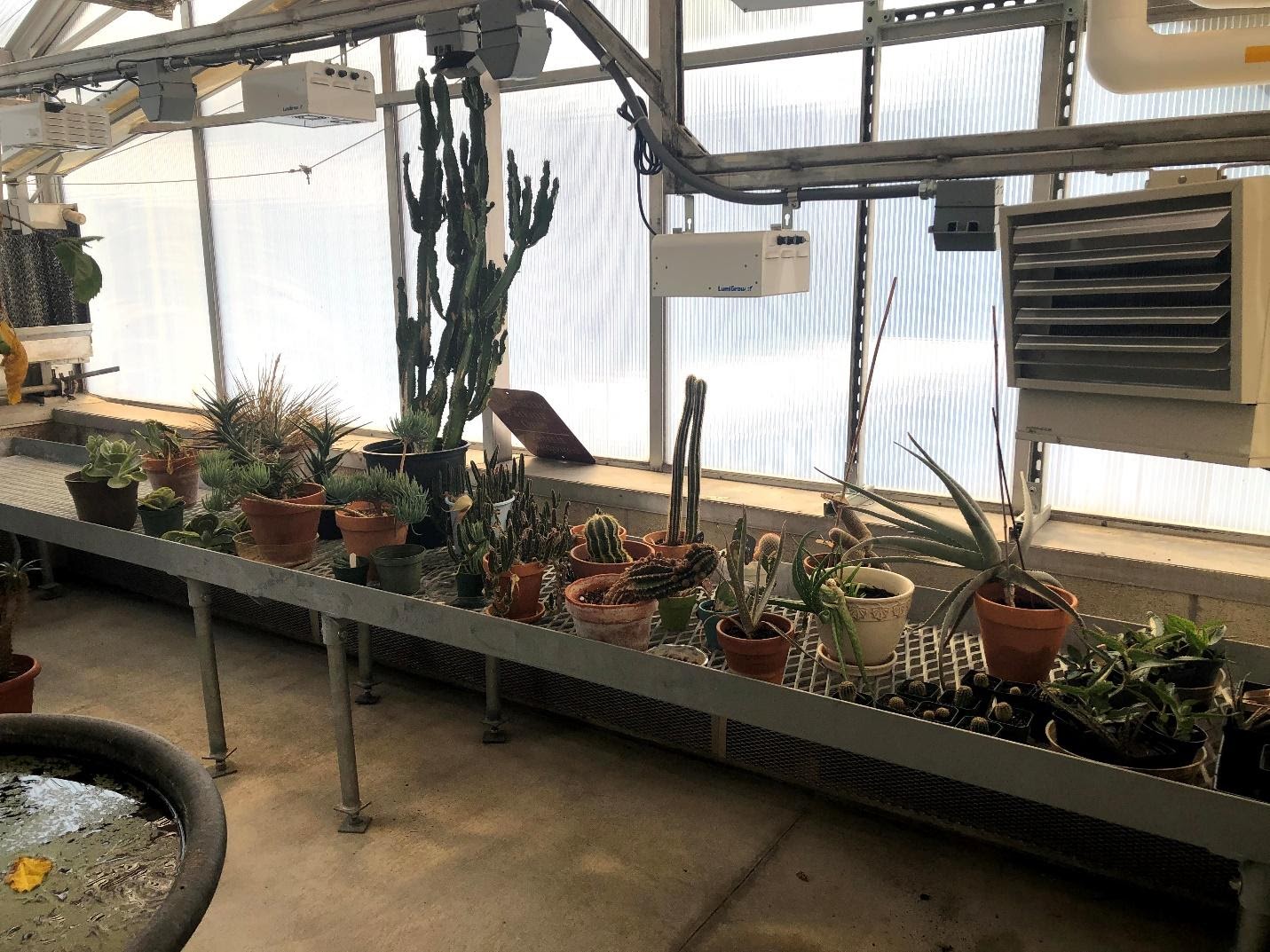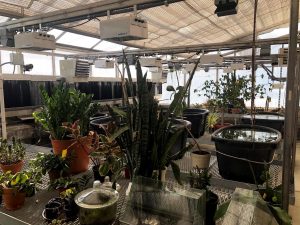
When you first enter, you are met with a rush of warm air and the loud whirring of fans. Looking around, there are dozens of plants in all sorts of shapes and colors. There is even a pond tucked away in a corner. You might have even seen the purple light it emits out of the Integrated Science Center at night.
The greenhouse is a secluded part of campus, although people pass it almost every day. Few people have the privilege to enter their little alcove, but it is an experience that lab technicians Christine Graf and Harshana DeSilva Feelixge feel more people should have access to.
One of the big projects in the greenhouse is a simulated Minnesota freshwater environment, a project started by the late Michelle Marko, and aptly named Marko’s Marsh. The greenhouse has several small tubs and one large basin for these environments. They are populated with plants taken directly from Concordia’s research station on Long Lake, a freshwater ecosystem in central MN.
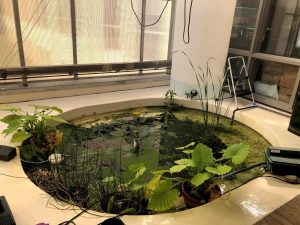
“Michelle and I were always talking about bringing in native dragonflies so they might stick around for the winter,” said Feelixge.
Feelixge and Marko wanted to introduce native dragonflies to these simulated environments to help make them as authentic as possible. Feelixge is working to establish lilies and cattails in the pond to create a habitat for the dragonflies.
Right now, the greenhouse is used almost exclusively for educational purposes. Concordia offers a limnology course that teaches about the scientific study of the physical, chemical and biological conditions in freshwater ecosystems.
“Usually as of now, [freshwater ecosystems] die off for the winter. [Marko] wanted to keep it like this, in summertime conditions, throughout the whole winter,” said Feelixge about the greenhouse’s freshwater ecosystem project.
With a year-round freshwater ecosystem at their disposal, students would be able to conduct research and experiments deep into the winter months.
The greenhouse employs a few volunteers that come in to help the two lab technicians. “One of the things we’re teaching them is how to propagate,” said Graf.
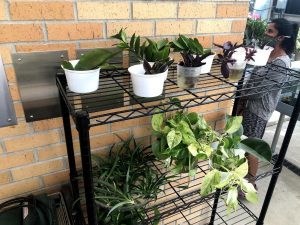
The far end of the greenhouse, and several other shelves scattered about, are dedicated to propagation. Propagation is using part of an adult plant to grow more of the same species, like cutting a leaf off a succulent to grow another one. This process leaves the parent plant alive while making new plants in the process.
The greenhouse is populated almost exclusively by house plants, most of which have been donated by professors or students. Feelixge offers a unique perspective into the greenhouse and its inhabitants because she comes from Sri Lanka. They had a taro plant donated that just was not growing the way they expected. Feelixge told Graf that in Sri Lanka, those plants are grown in ponds, not pots.
“We throw it in the pond, and now it’s doing great,” said Graf.
The two lab technicians explained the beauty of a plant the greenhouse has called the queen of the night.
“It has these giant blooms that grow for a month and it’ll bloom literally at nighttime, and then it dies. So if you’re not here at nighttime to see it bloom, you’ll never get to see it,” said Feelixge.
Feelixge and Graf have been working to get more flowering plants like this one for the greenhouse to make it a more colorful environment for more insects to find a home.
“Not creepy-crawly ones, but ones that are kind of cool,” said Graf. They are imagining turning the greenhouse into a butterfly garden sometime in the future.
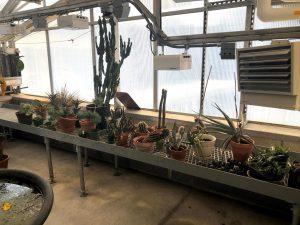
Feelixge said a barrier the greenhouse faces for these projects is the “limited to no funding” they receive. They mostly work to maintain the greenhouse for the biology students who need to use the plants for research. Graf said they hope to have it someday become a campus-wide resource, much like the Cornucopia garden at the southeast end of campus.
“I got to say, I enjoy being here in the wintertime,” said Graf.
The warm environment and the greenery provide the two lab technicians with a mood boost in the darker and colder months of the year. The greenhouse is a hidden part of Concordia’s campus, but Feelixge and Graf hope to change that.
“It would be really nice to have a bigger purpose for the greenhouse so that it could be enjoyed by many more,” said Feelixge.

